We had only nine full days for our Philippine trip but we managed to visit three big cities: Manila, Cebu and Angeles (which does not really count as we were there only late at night) and enjoyed two islands: Boracay and Palawan. I will start my Philippine blog entry series with some tips and tricks about the three metropolises we have been to.
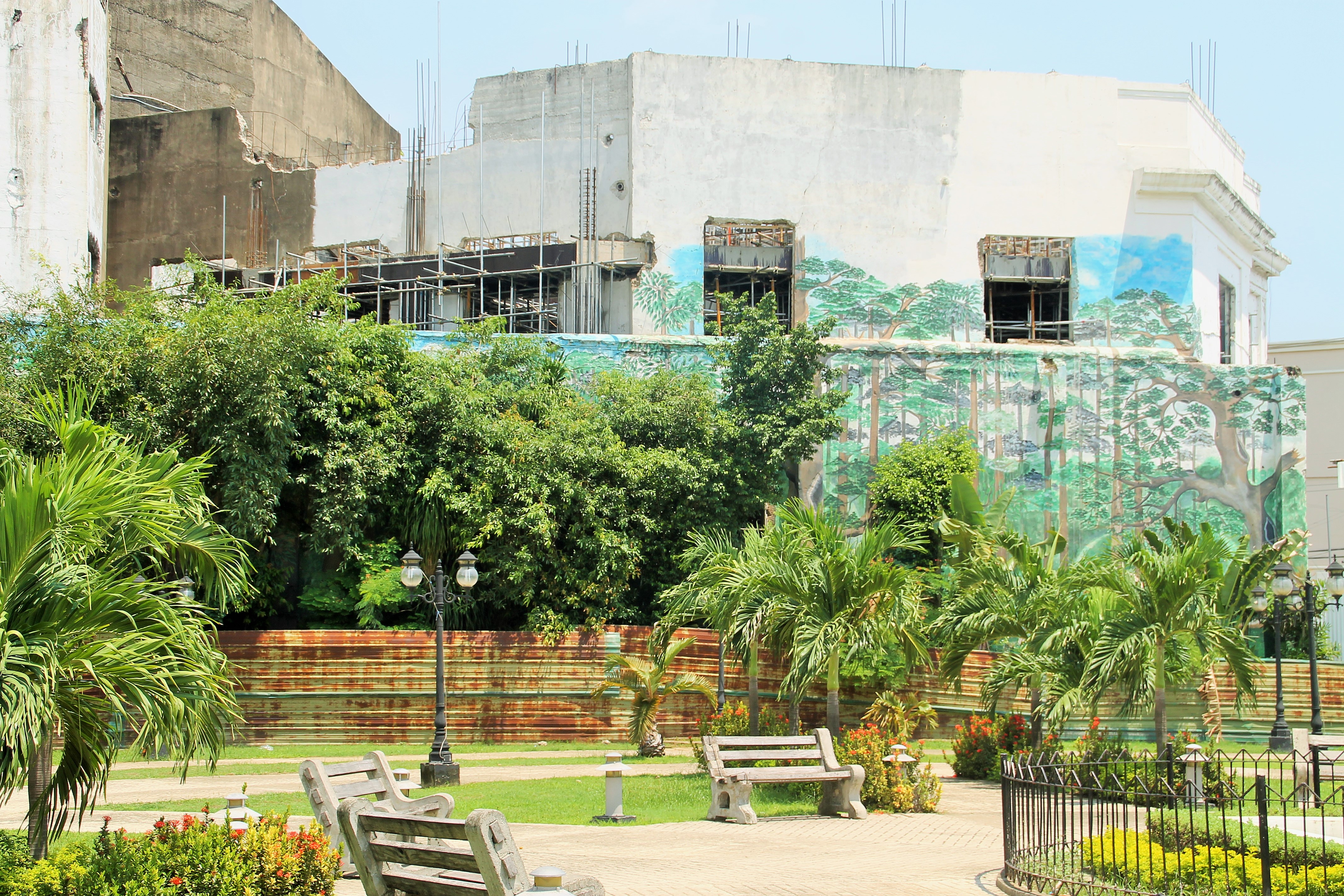
On the road in Cebu
I started writing this blog post and was immediately disrupted by the thoughts flow. First, I was not sure how do I write the plural of “metropolis” (the answer is in the header). Second, I started to doubt if the cities I was going to write about belong to this category at all. Mighty Google helped me, as usual. And, indeed, these three Philippine cities fall under the definition of a metropolis as large and busy city, usually a center of an area. Good, I can keep on writing.
We chose these cities to be a convenient transfer point between the islands and stayed overnight to have a chance to explore their ambiance.
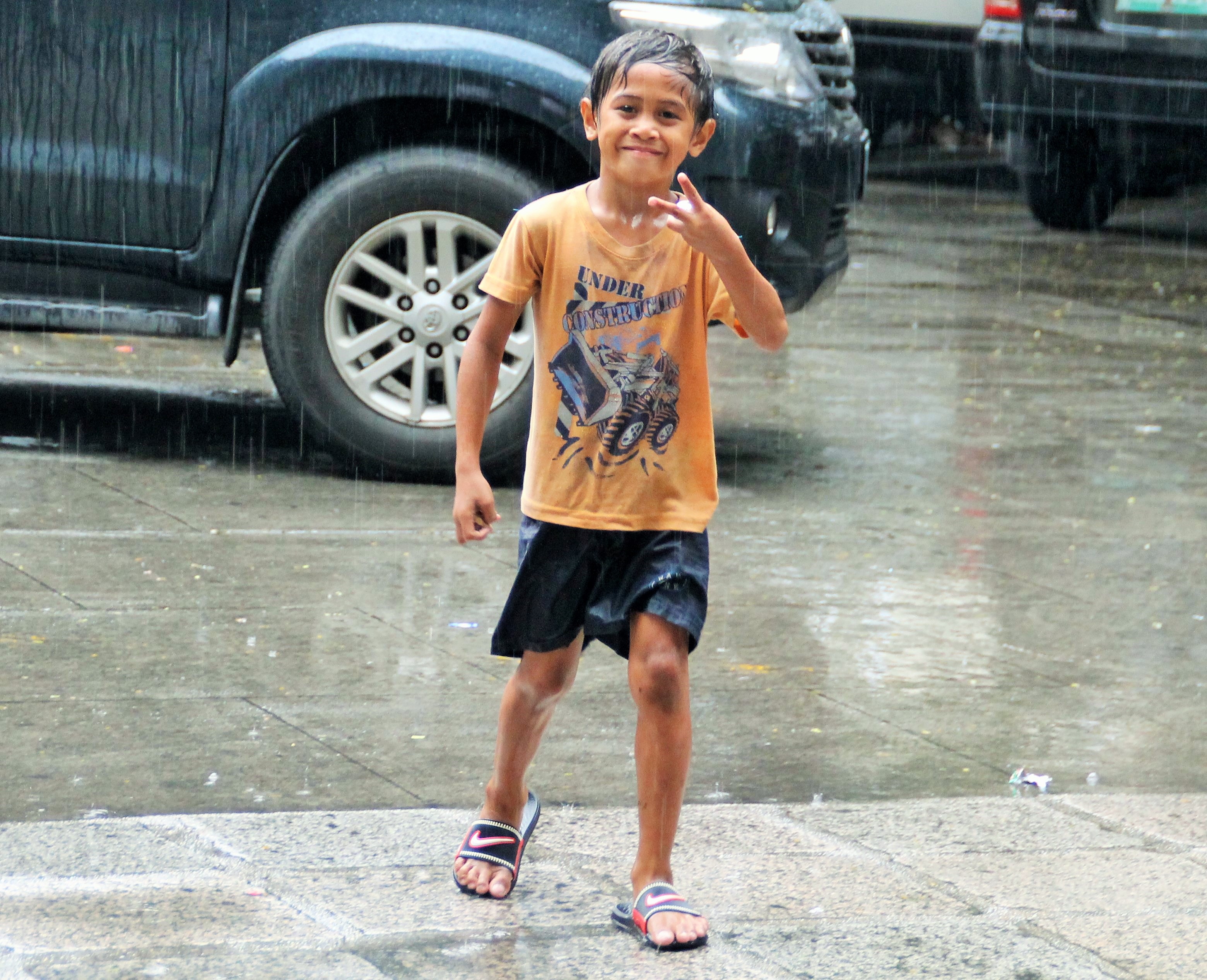
Kid in Manila
Manila
- Getting there:
We landed in Clark International Airport in Angeles City and were surprised by the outstanding Qatar Airways shuttle service that brought us to Quezon City for free. From there, a taxi with a taximeter cost us about 200 PHP (1 Euro = 50 PHP) for a 40 minute ride.
From Manila Ninoy Aquino International Airport a taxi costs about 170-200 PHP. Remember to take a white taxi that is much cheaper than a yellow one.
- Overnight stay:
In Manila we stayed in the Oasis Paco Park Hotel (http://www.oasispark.com/; a double room costs 20-30 Euro for a night) and can recommend it: it was clean, cozy, with a little swimming pool in the patio, a bar and a restaurant with a chef’s kitchen. The breakfast in the hotel costs about 400-500 PHP.
Thinking about our Cuban local shops experience, I went outside and found a small shop selling food on the street and my breakfast (an egg, bread, pastry, suman – rice with coconut milk in banana leaves and coffee) cost me 80 PHP for two persons.
- Things to do&see:
Rizal Park
Rizal Park is one of the largest urban parks in Asia and one of the main tourist attractions of Manila. Besides, this place is an important historic site: many political protests, the declaration of Philippines independence took place there. Nowadays, locals and tourists are strolling along the lanes, eating ice cream and watching life bubbling around. On the weekends, many locals are doing martial arts here as well as various fitness exercises. You can also take a walk in the Japanese and Chinese gardens, wondering the gate carved with dragons, little lake surrounded with pagodas and hide from the heat in the shade of blossoming trees.
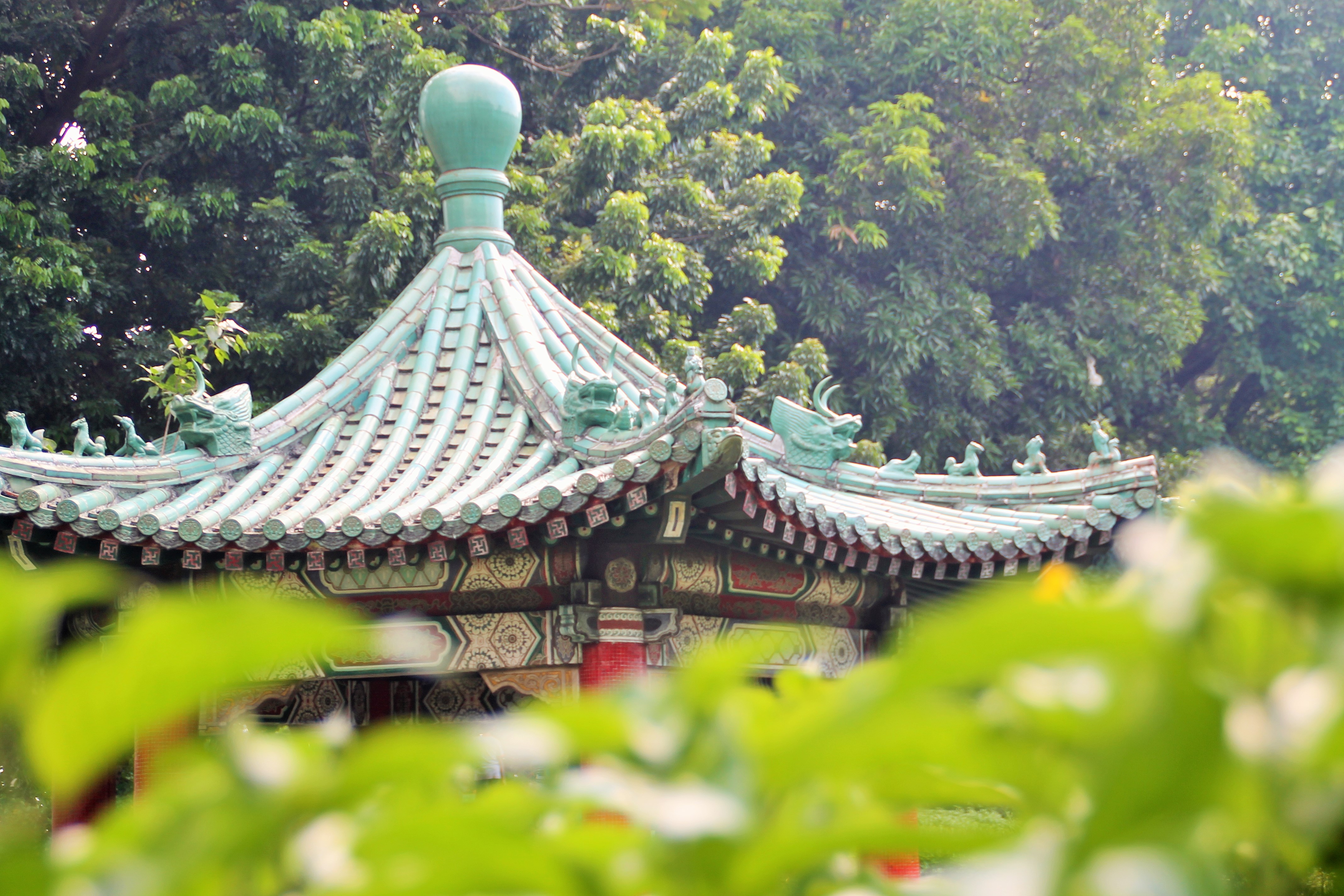
Chinese Garden
The visit can be easily combined with a walk to Intramuros. Once, we were set back by a group of the school-age girls who asked us to take a picture with them. Indeed, two handsome guys (one blond and one tall – both qualities are remarkable here) and one red-head girl can become a desirable target to take a photo with.
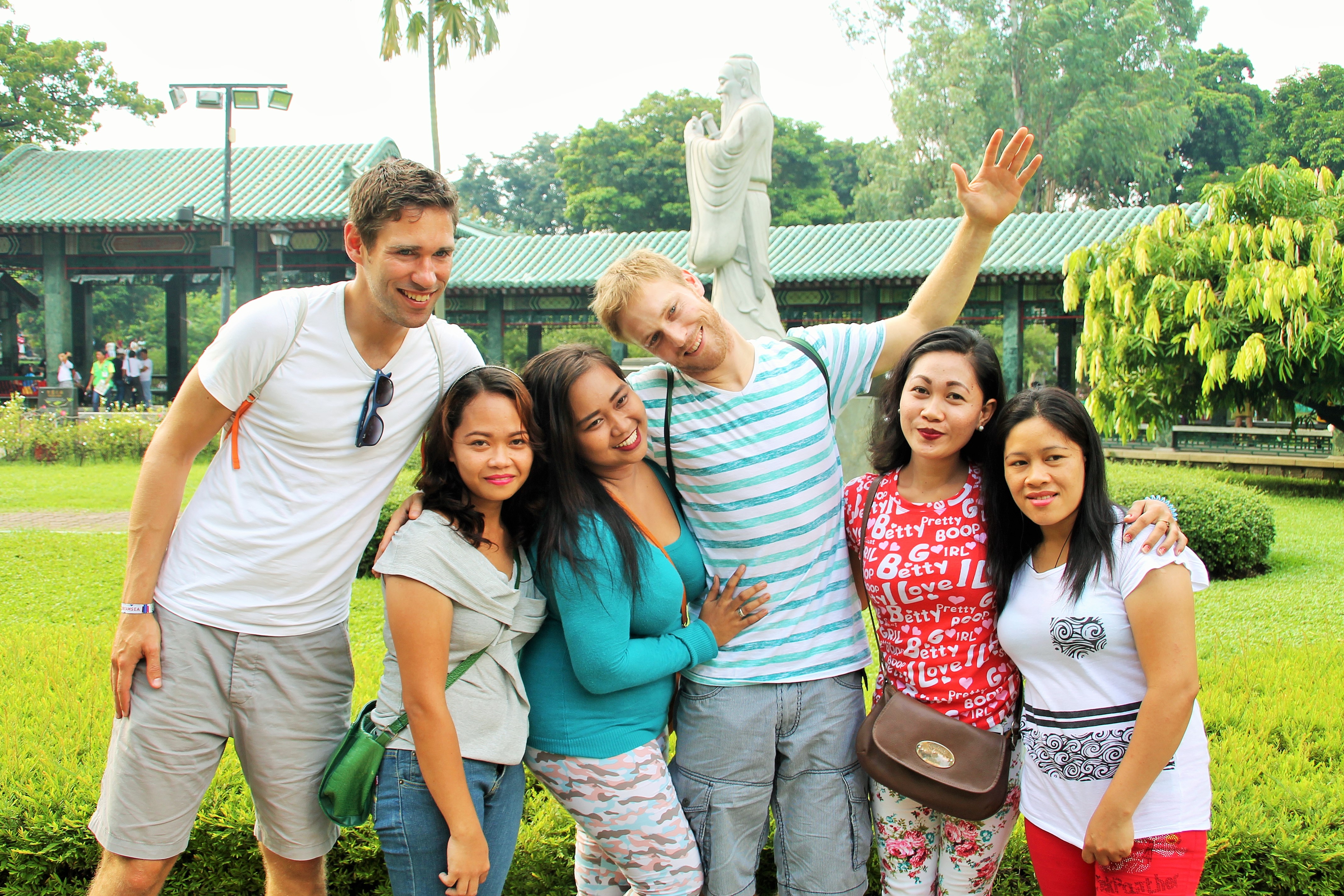
Photostars
Chinatown
Did you know that the world oldest Chinatown is in Manila? The district is called Binondo; the Chinatown was established here in 1594. Saying that this area is vivid is to say nothing. The Chinatown is buzzing and humming round-the-clock and you can find almost anything (we don’t talk about quality here) for a relatively small price. On the other hand, here you see the poorest people of Manila. Often handicapped and begging for money. This Chinatown experience was striking, but we have been there at night (well, in the darkness) and I didn’t feel 100% safe, so we returned to the wealthier area.

Chinatown

Chinatown
Intramuros
Intramuros, the historic core of Manila, was our highlight during the time spent in Manila. At the time of the Spanish colonial period, Intramuros was the city itself; its literal translation is “inside the walls”. All other districts were called “extramuros” – “outside the walls”. Though during the World War II many historic buildings were destroyed, some monuments carrying Spanish period heritage were left untouched. Indeed, the Spanish spirit is still perceived here: imposing beautiful buildings, street names… The Manila Cathedral is also situated here, on the main square of Manila, Plaza Roma.
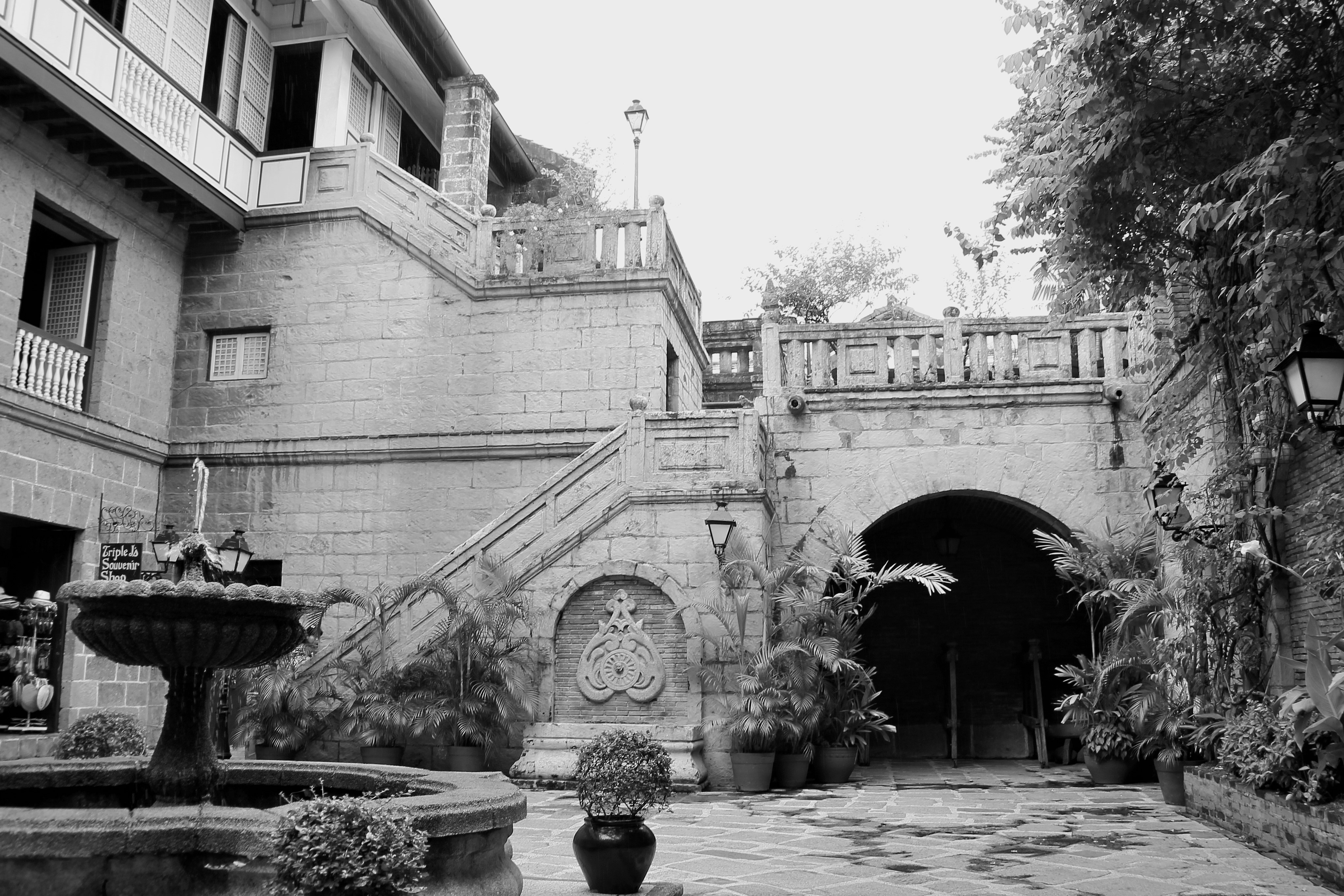
Intramuros
- Eat&drink:
While we were on the road in Intramuros, it started to rain. Semi-voluntarily (we have seen very good references on Google maps but the rain forced us to pick it) we chose Barbara’s Intramuros Heritage Restaurant that occasionally appeared to be in the same yard, a posh restaurant in Spanish colonial style (Plaza San Luis, General Luna St. 1002 Intramuros; https://www.facebook.com/BarbarasHeritageRestaurant/). This restaurant has a big buffet and a substantial menu. We tried kare kare, a Philipine stew made of ox tail, tripe, and pork leg. I personally didn’t like it, the meat was too fatty and slimy. Though the peanut souse was delightful. On the contrary, the boneless bangus (fish) was very tasty. Guyabano fresh juice was a delicious supplement. The average bill is 400-500 PHP here.

Boneless bangus at Barbara’s
Pacific Sky Lounge (Malvar St, Malate, Manila, Metro Manila; https://www.panpacific.com/en/hotels-resorts/philippines/manila/stay/dining/pacific-lounge.html) – very bad cocktails, nice relaxed atmosphere, crazy contrast with the buzzing downstairs.
Cebu
- Getting there:
Cebu is a huge air transport port. For us this city was a perfect place to make a stop between the flight from Boracay to Palawan. A taxi from the airport cost us around 150-200 PHP (remember, you have to take the white one).
- Things to do&see:
Carbon Market
Carbon Market is the oldest (over 100 years old) and largest farmer’s market in Cebu City. Some people say, in the 19th century there at that place the coal depot unloaded from the Cebu Railroad. At our time, on this market you can find almost everything, from exotic fruit to braided Bohol baskets, from fresh fish to clothing.

Carbon Market
The market is located in the downtown Cebu City, on MC Briones Street, Ermita barangay and easy to reach by a Jeepney (just ask if it goes to the market and pay 7 PHP pro person – so much one trip costs). If you turn to any of the smaller side streets leading to the sea, you will witness the city outskirts life in its full strength: people cooking and chatting on the streets, barefoot children playing outside with old toys (in the best case scenario, often it’s plastic bottles or something similar), wastes lying on the road…
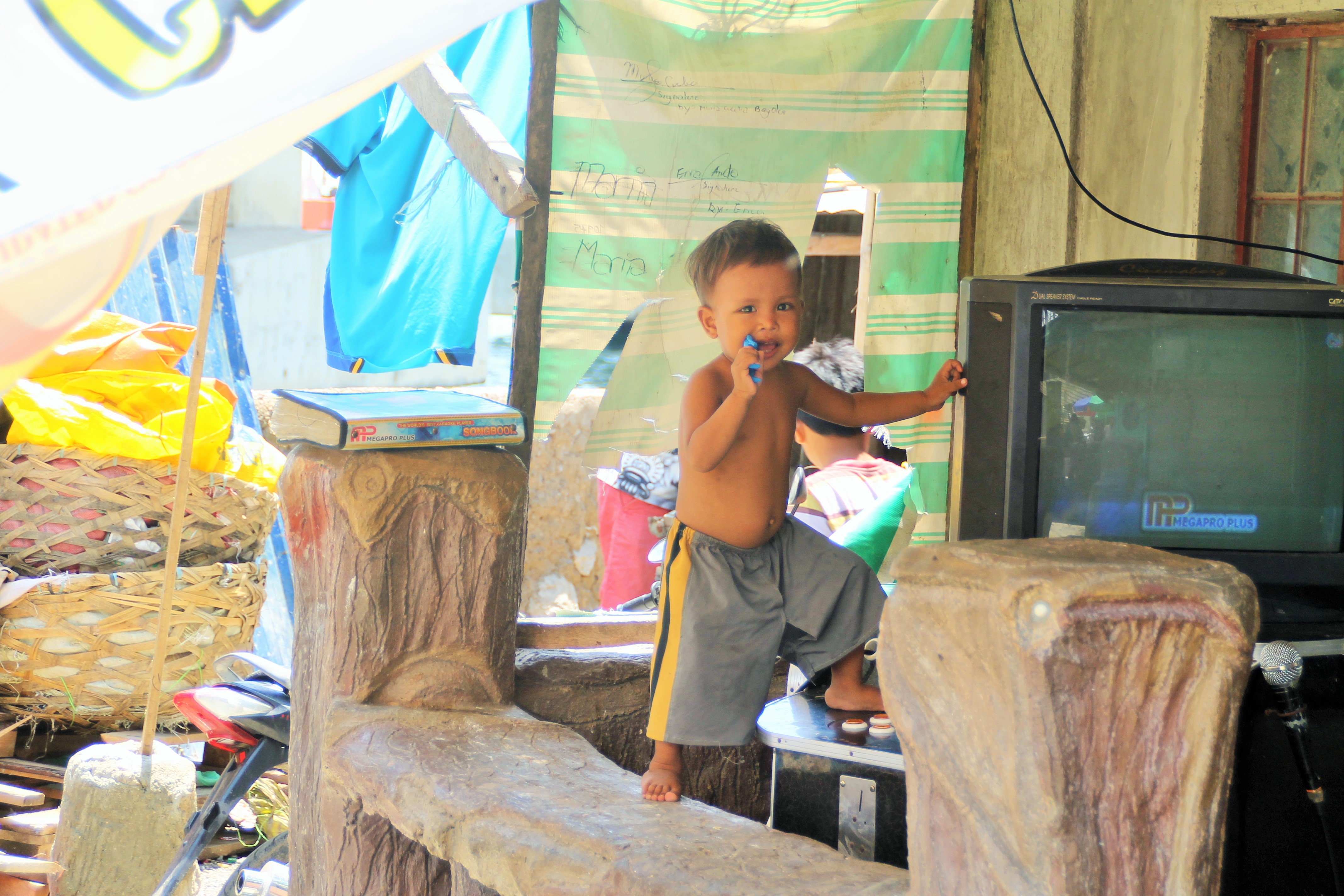
Side streets of Carbon Market
The locals were quite friendly, however surprised what we have forgotten there.
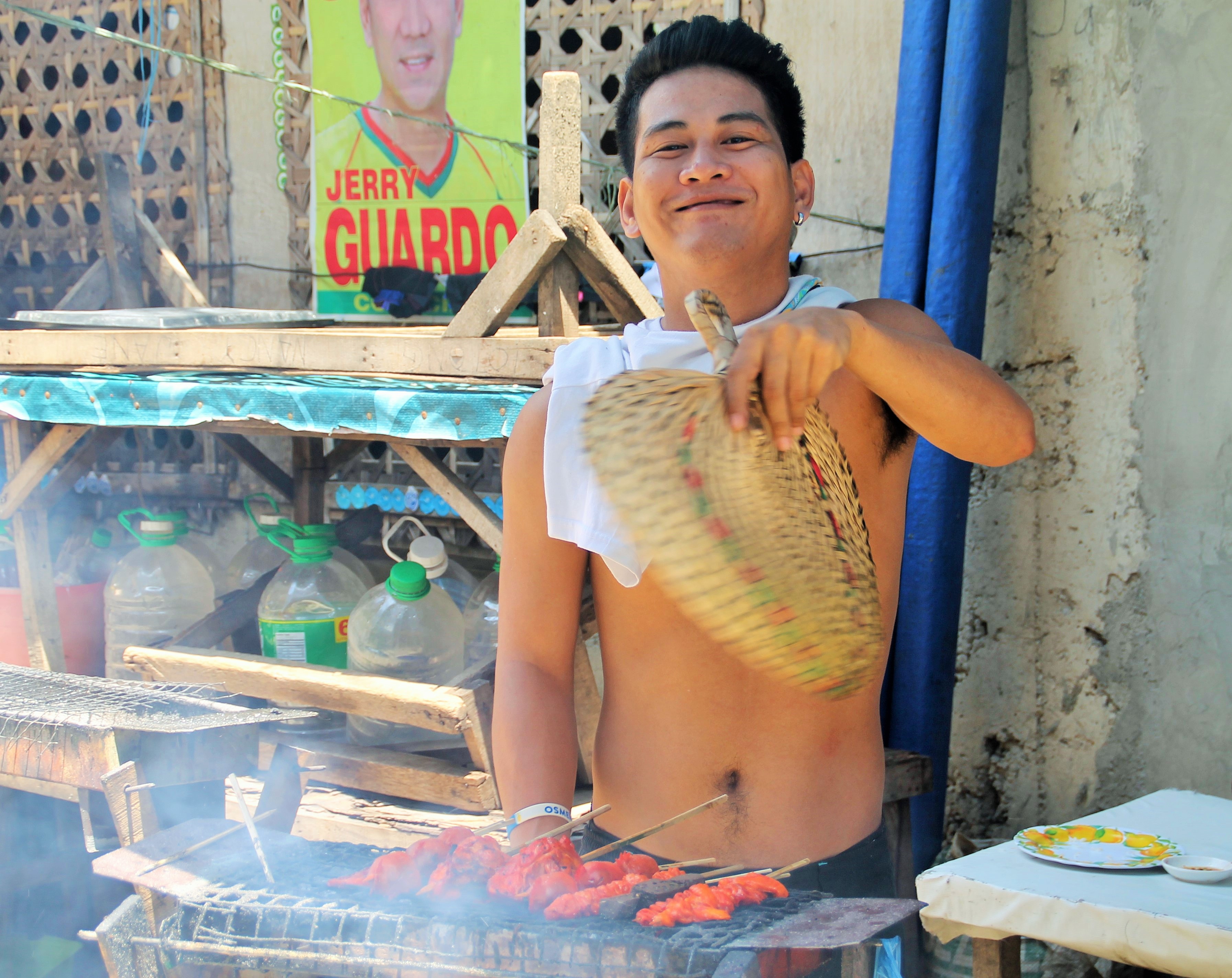
Carbon Market
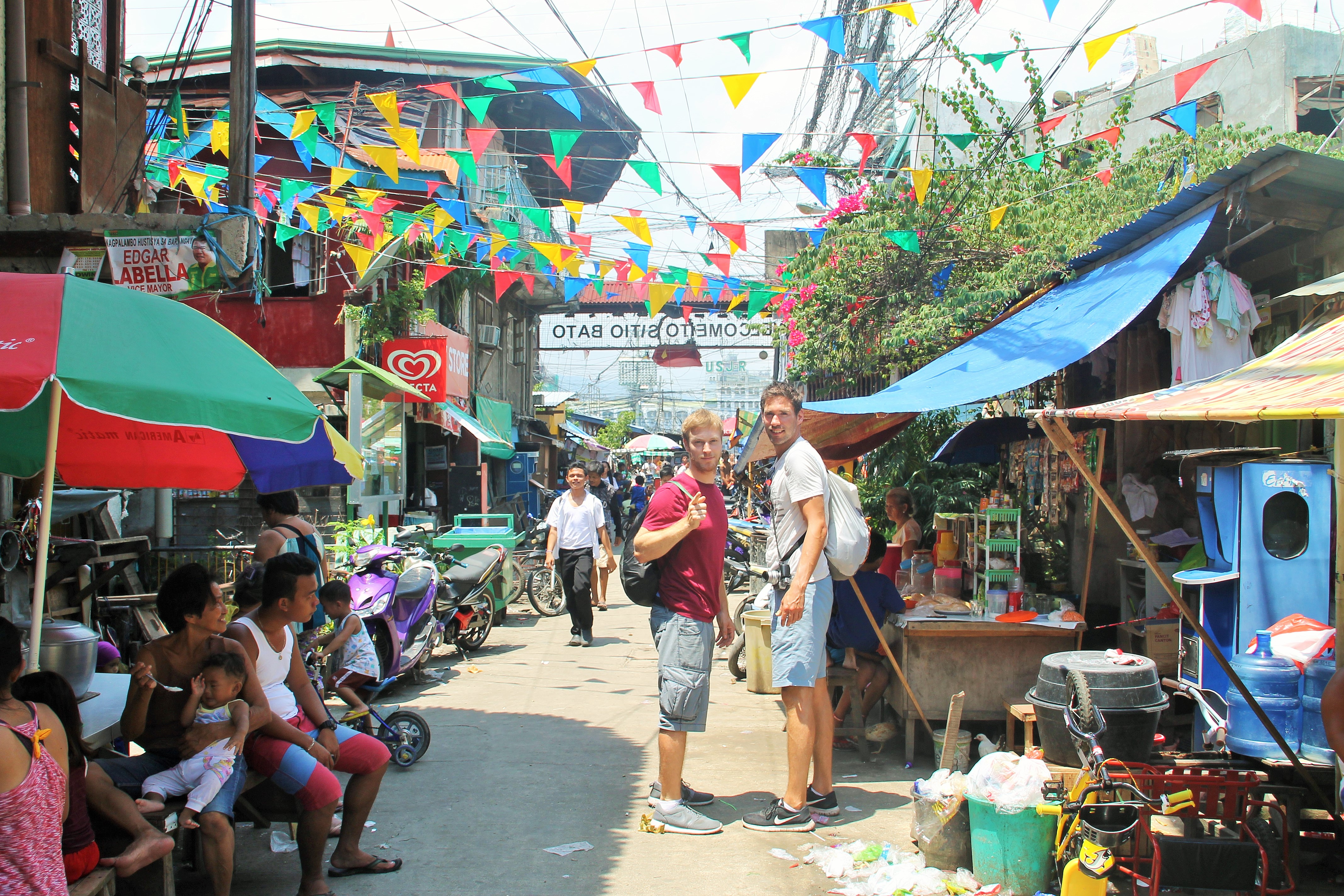
On the road at Carbon Market
Fort San Pedro
Since it was built in the 16th century, the fort served as an army garrison, a prison camp and the city zoo. The fort is the oldest triangular bastion in the country, with its two sides facing the sea and one – the land. Nowadays, a part of the fort is a museum where well-preserved Spanish artefacts are exhibited. The fort itself is a historical park and a beautiful ruin where one can hide from the chaotic and loud downtown Cebu city.

Fort San Pedro
Spanish influence on the islands is still echoed in other sights of the Cebu city such as Basilica Minore del Santo Nino and Magellan’s Cross (ordered to be planted by Magellan when he and his Spanish and Portuguese explorers reached Philippines in 1520-s).
Angeles
We have spent the last night of our trip in Angeles city. Unfortunately, we didn’t have much time to explore the whole city, but the first impression from our late night walk was ambiguous. This city has a huge concentration of striptease clubs, bars and, as many people told us, brothels. Indeed, in some travel articles, Angeles was described it as the “Entertainment Capital of Central Luzon” and “Entertainment City”.
A funny thing happened to us in the morning. We were trying to find a taxi with a taximeter, which would take us to the airport, – unsuccessfully. We found the bus stop, from which the buses were supposedly running to the airport, but got confused by the people who were trying to help us, but their English was too poor to explain us the system (there was something about the public buses were not allowed to enter the airport territory or so). Finally, we were promised to be brought to the airport for 250 PHP (5 Euro) and to our surprise got a whole Jeepney to ourselves. Only sitting in the bus, we understood the system: if you don’t want to pay 250 PHP alone, you have to wait for other passengers filling up the Jeepney. The ride took about 15 minutes and we were brought directly to the departures terminal.

On the road with a Jeepney
The next blog entries about our Philippines experience will be dedicated to the beautiful islands, Boracay and Palawan. Stay tuned!

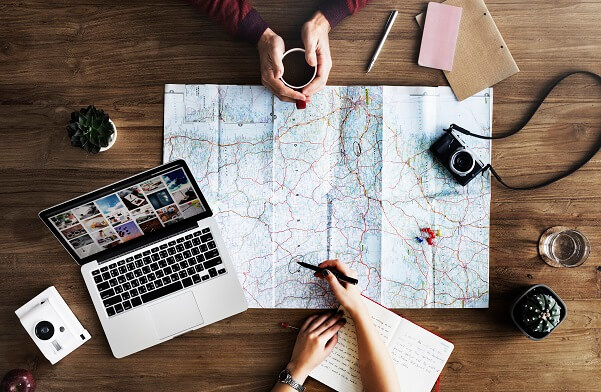
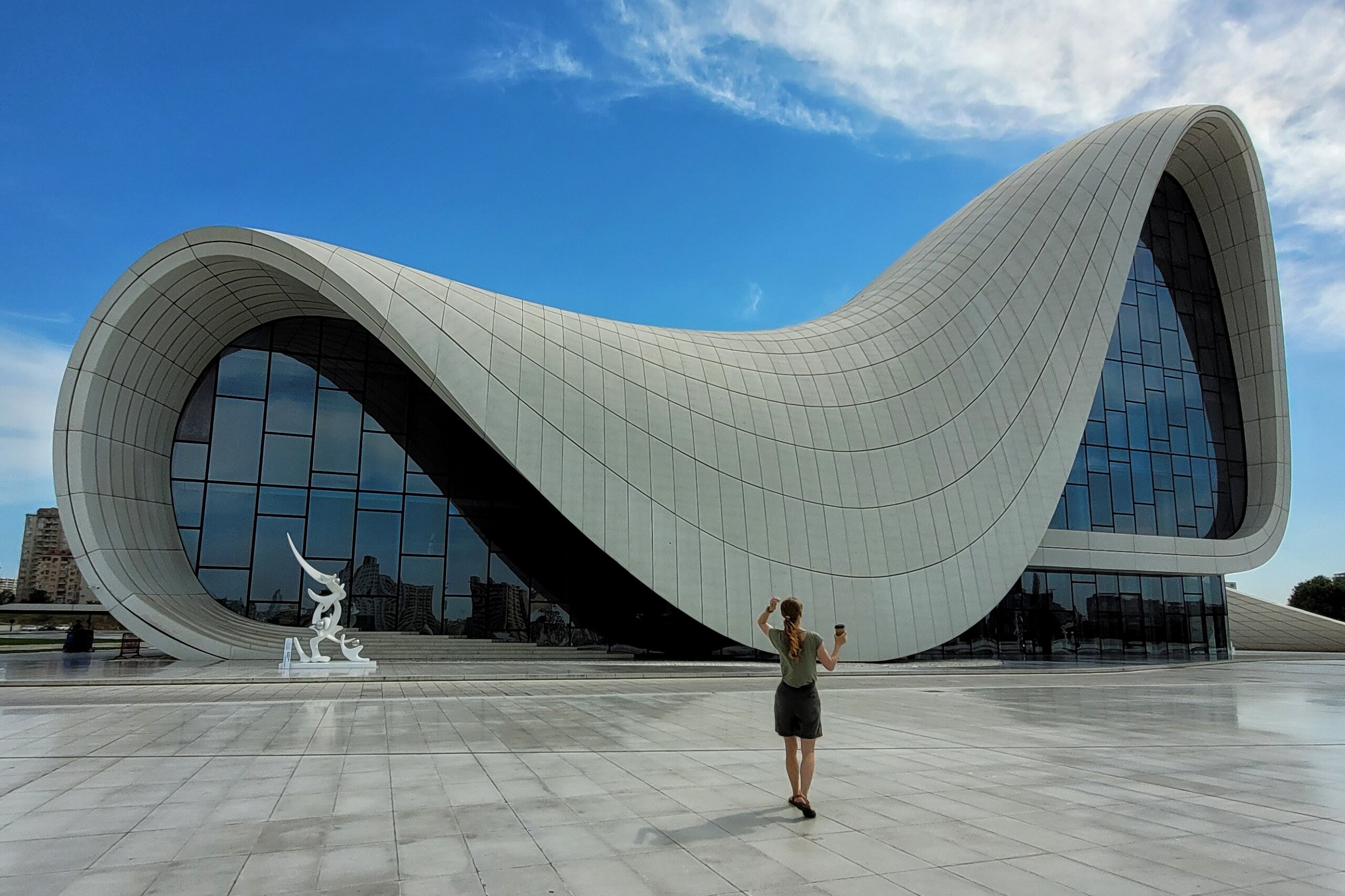
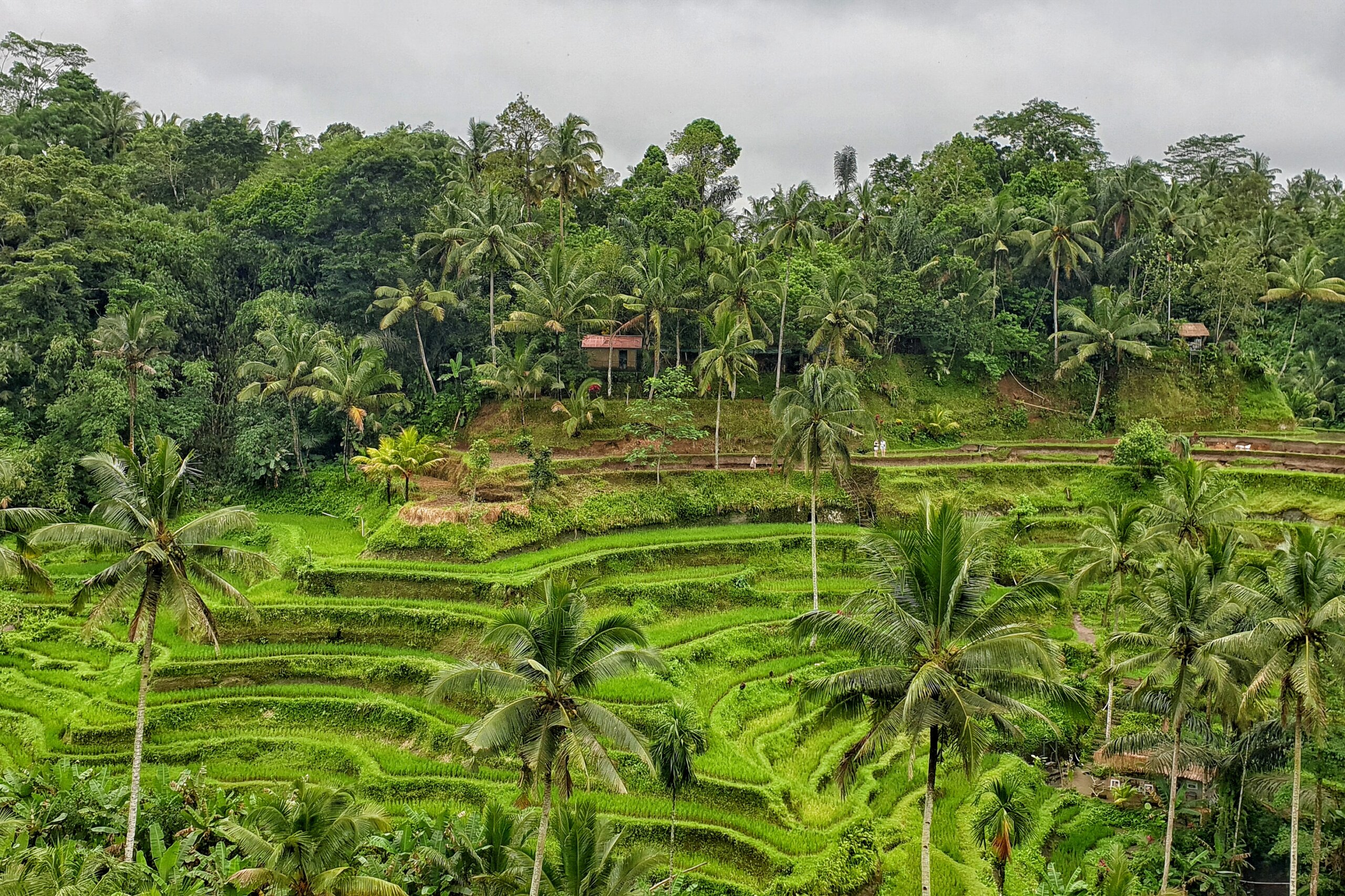
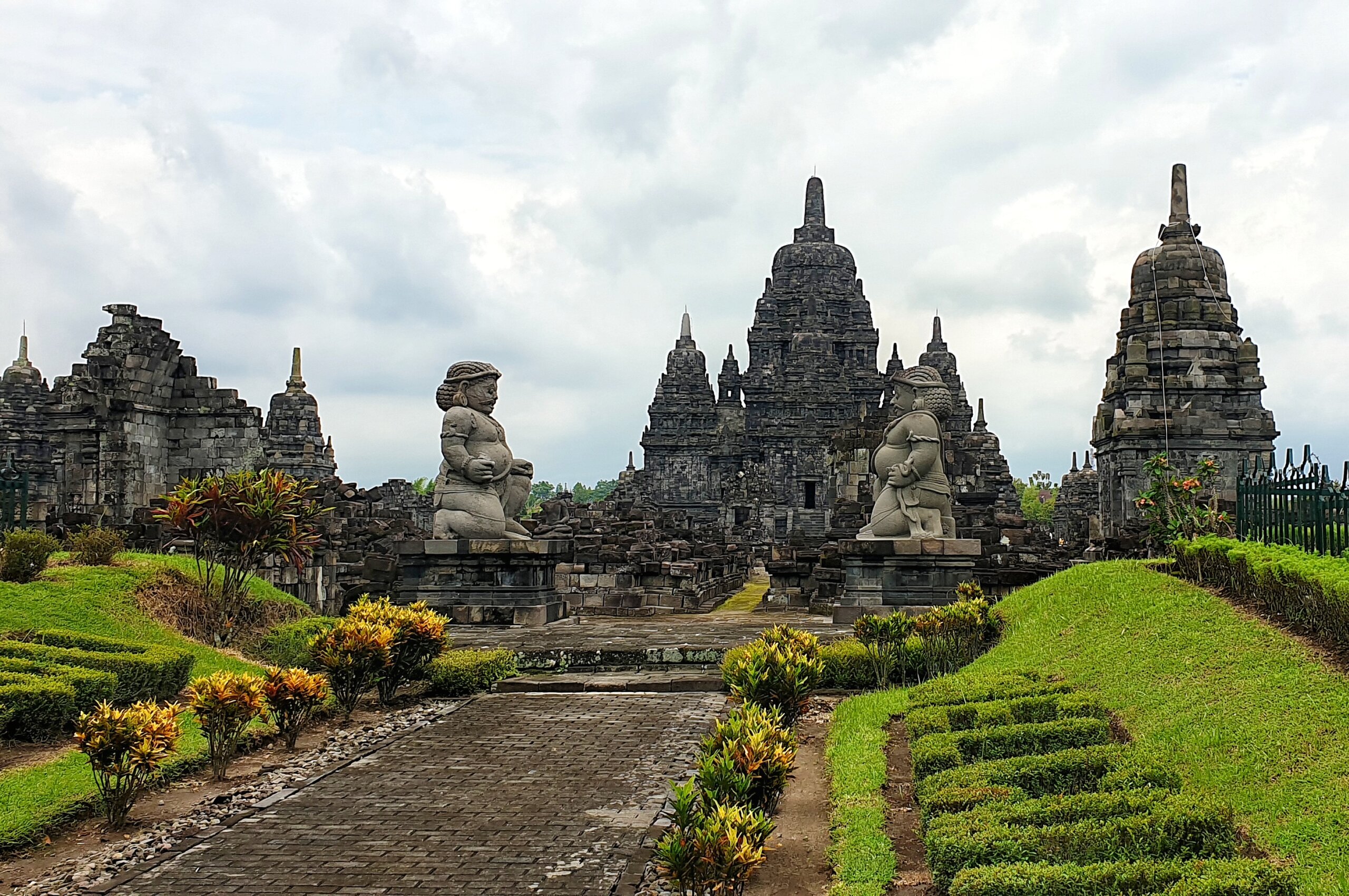
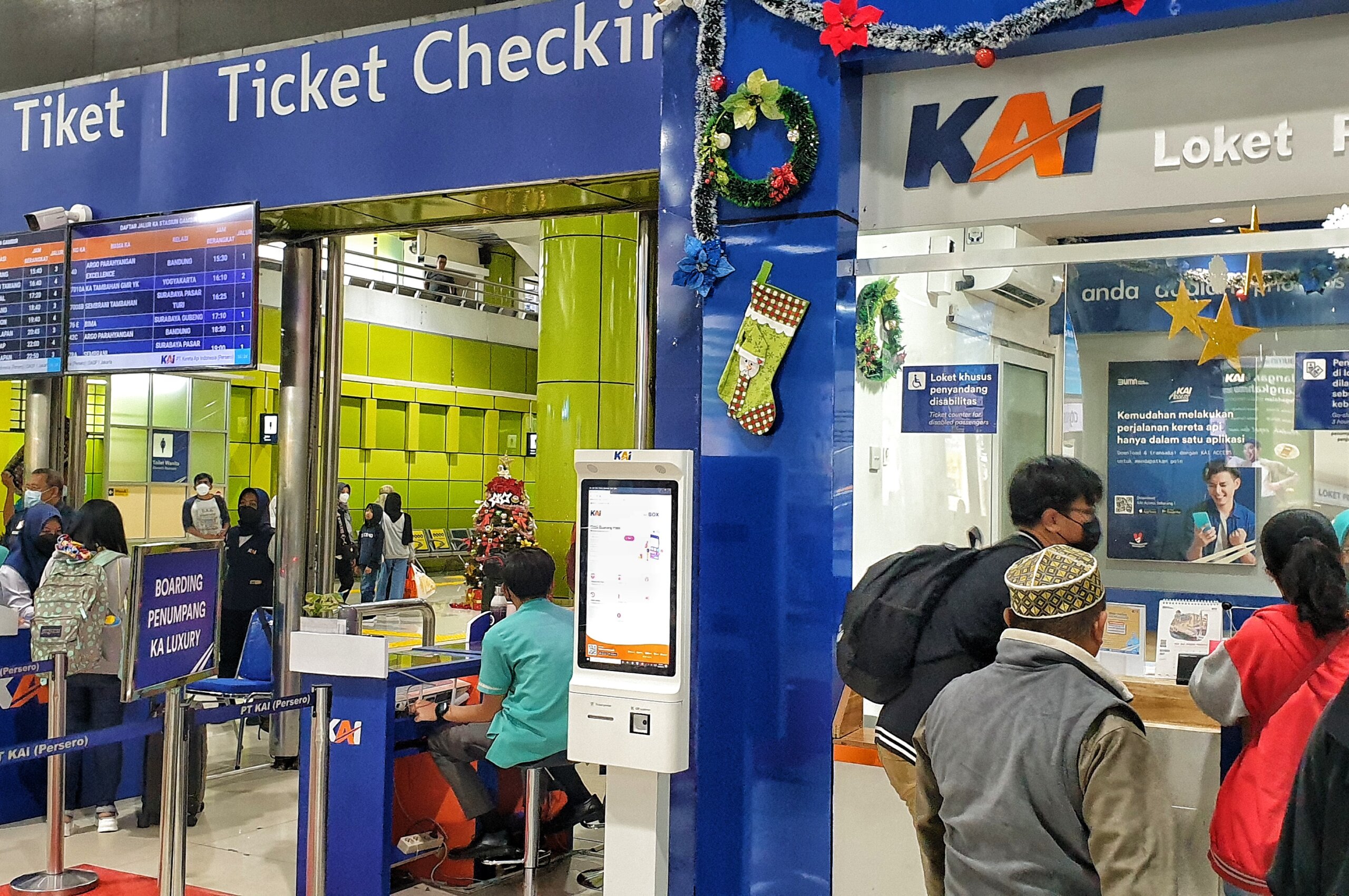
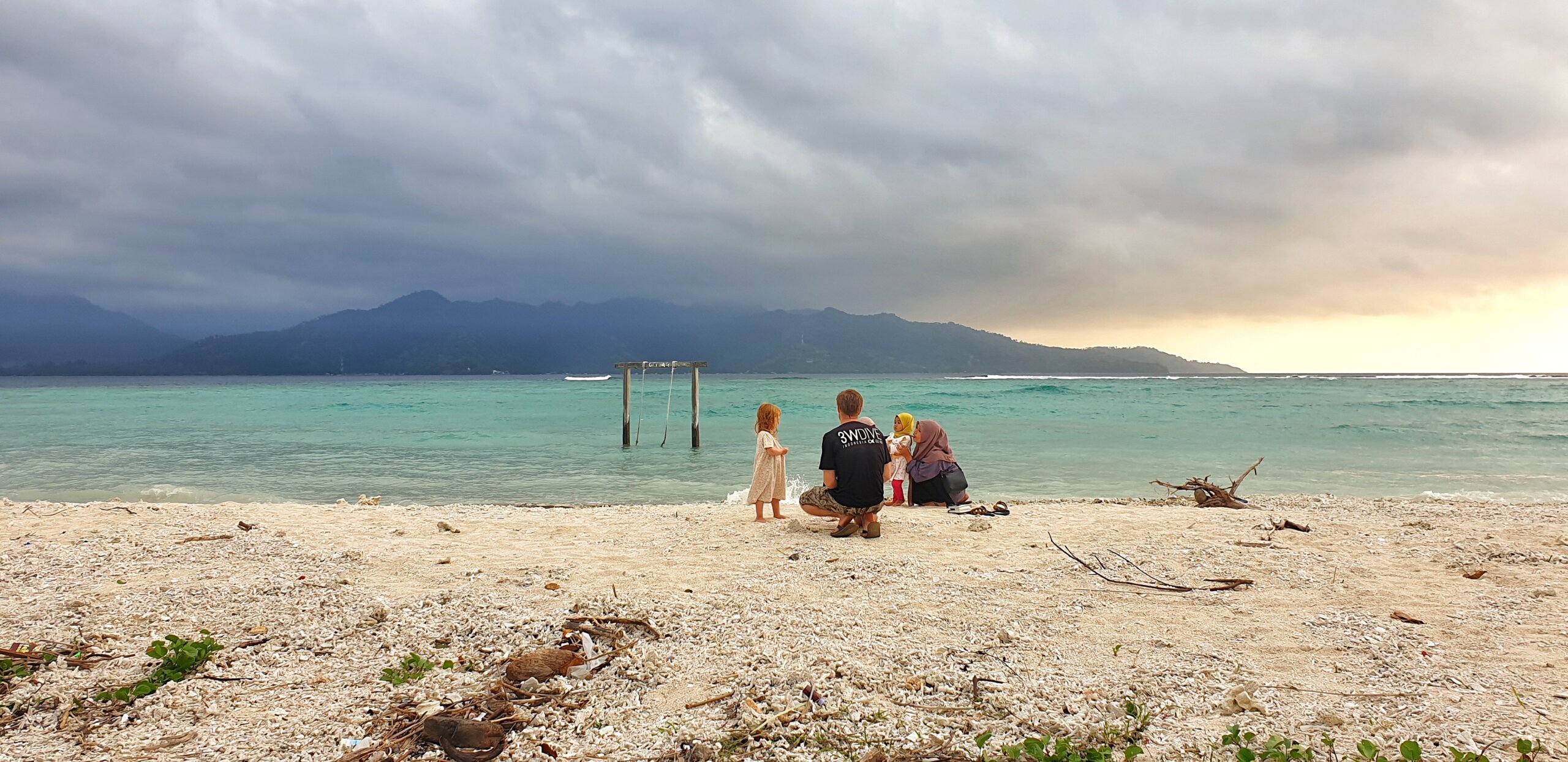


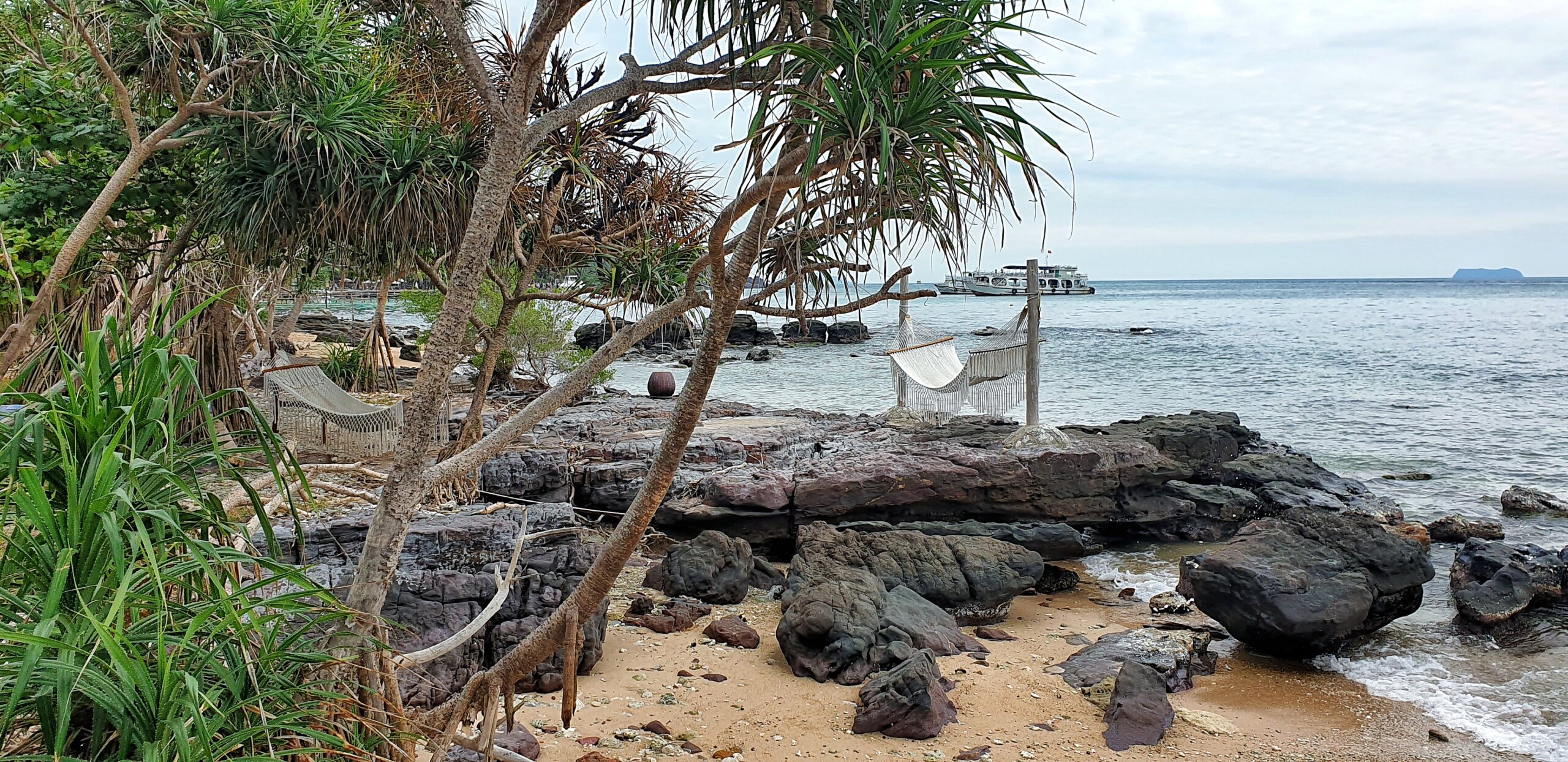

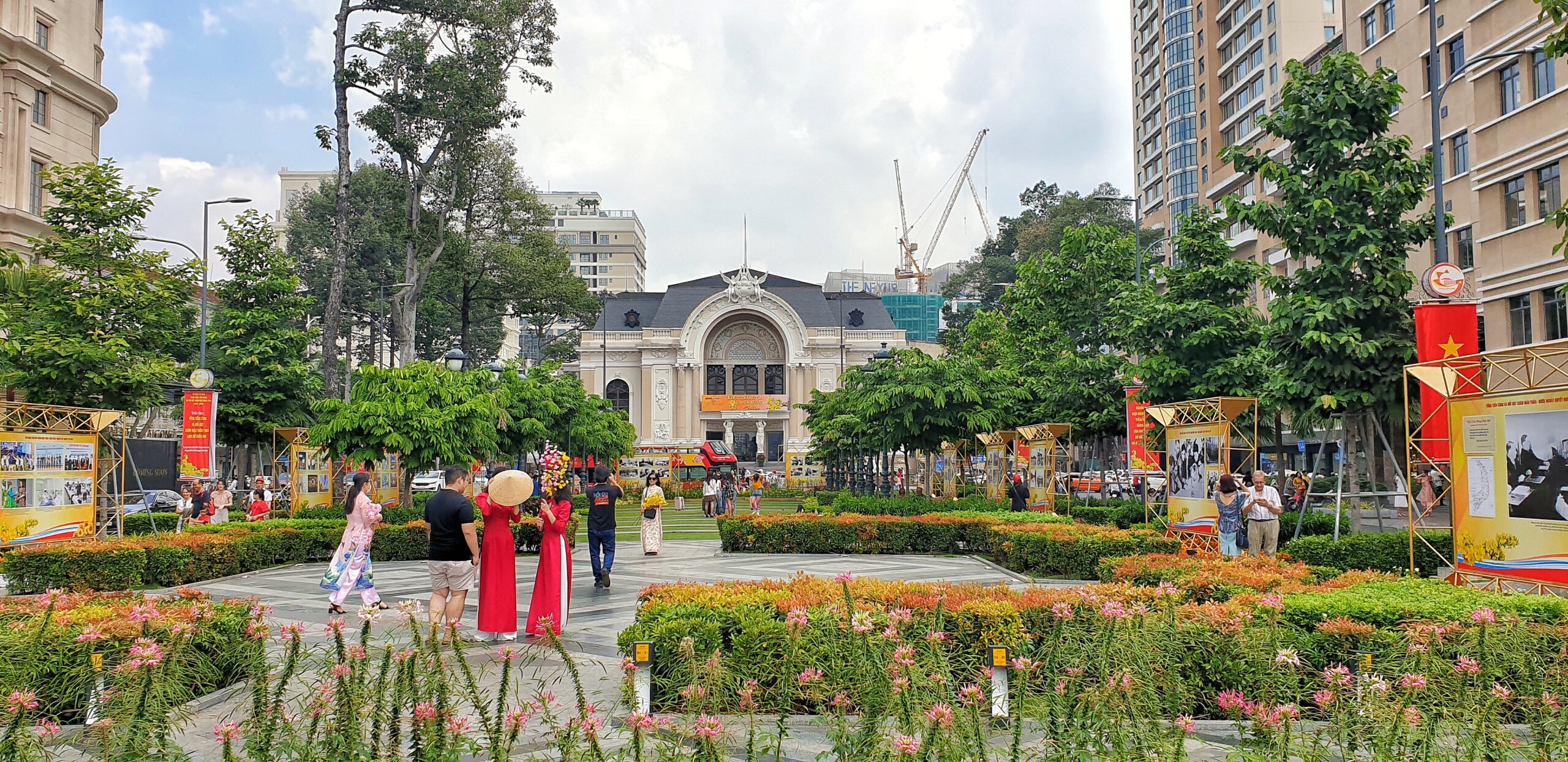
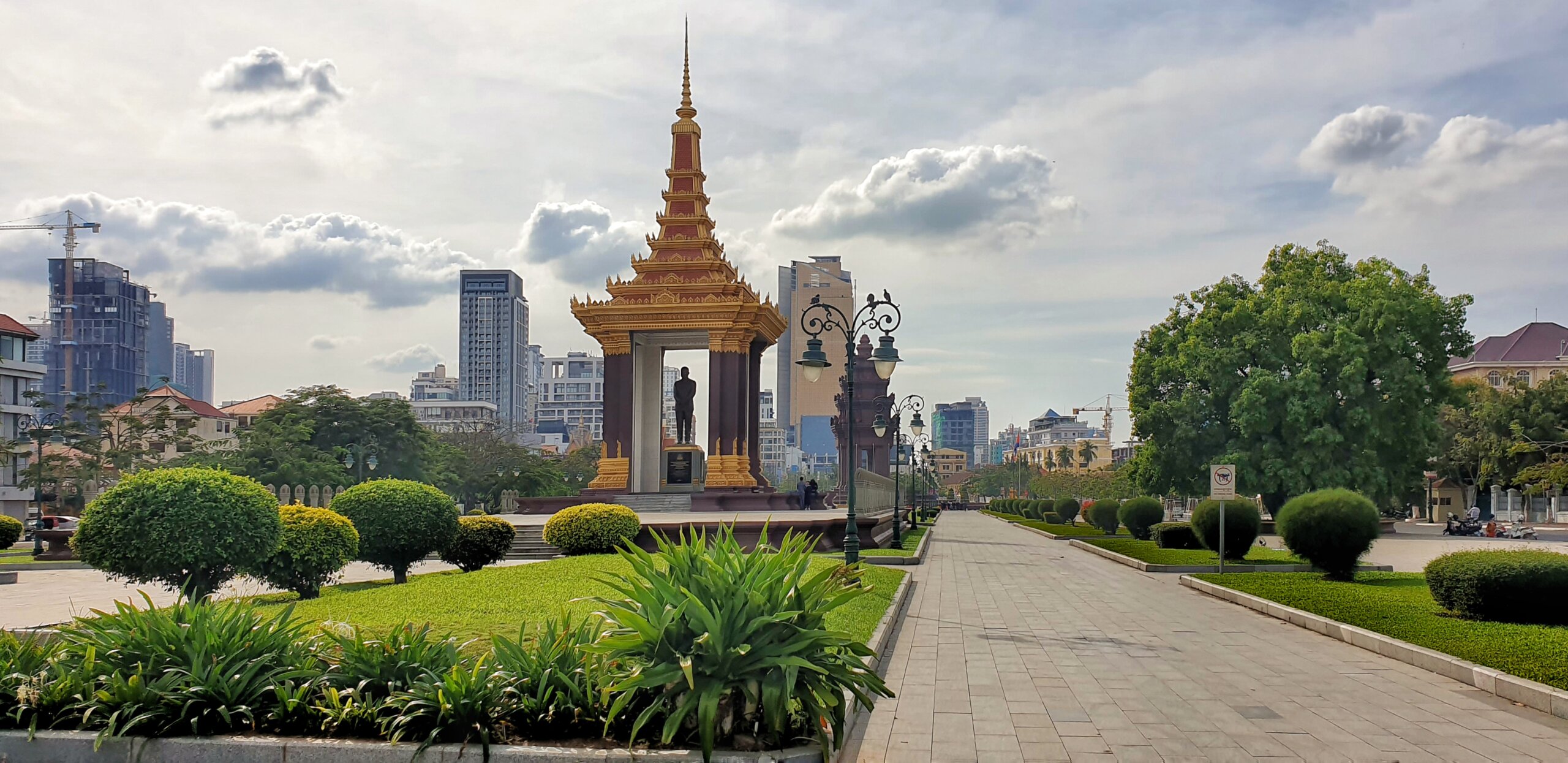
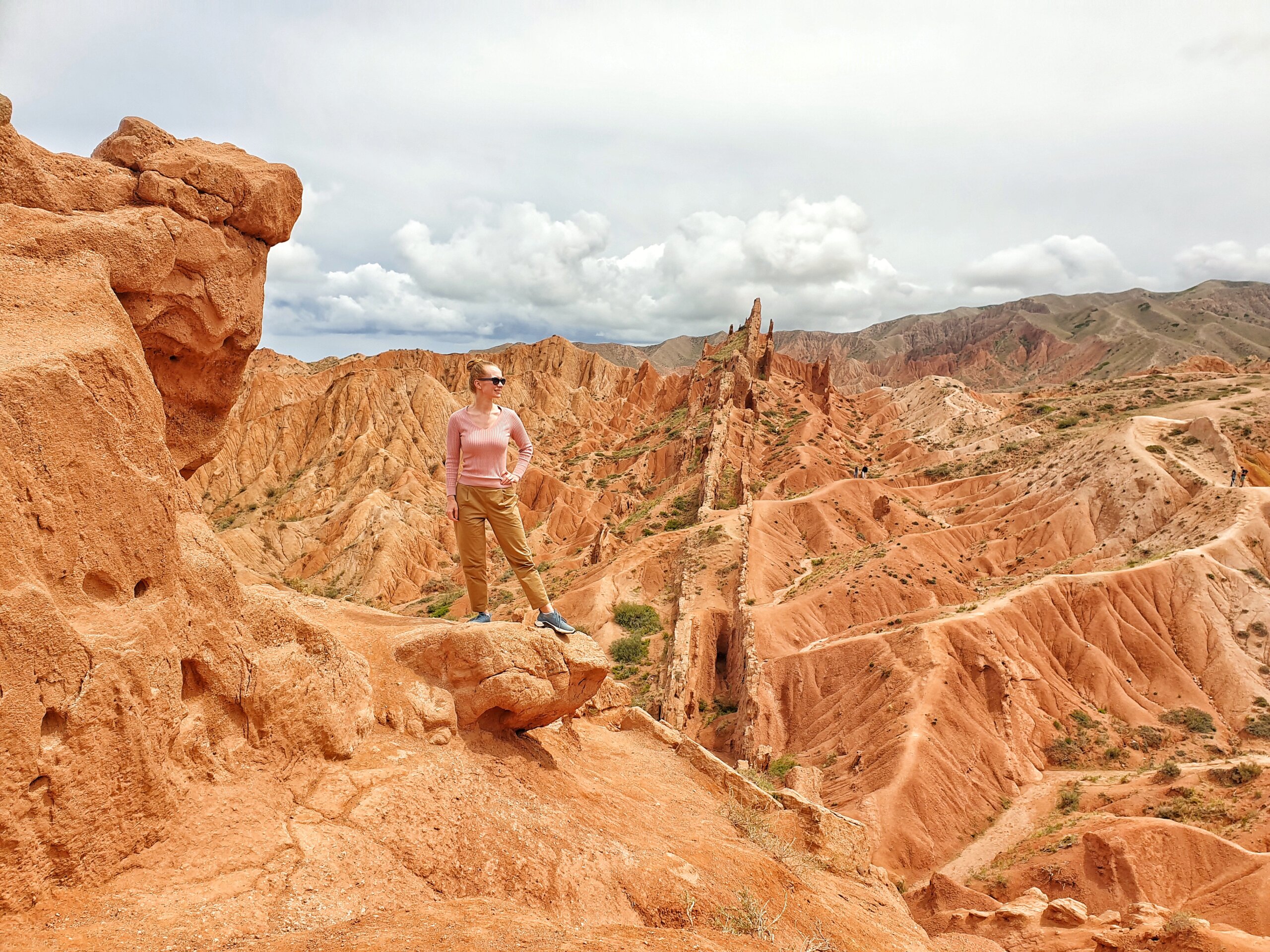
Leave A Comment